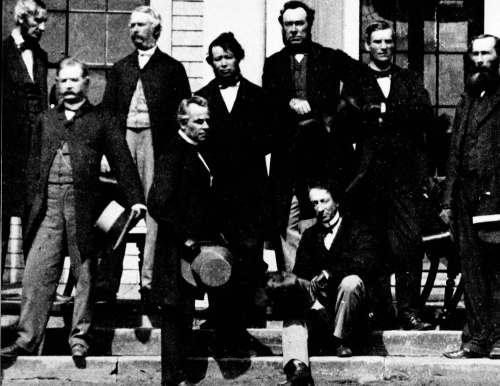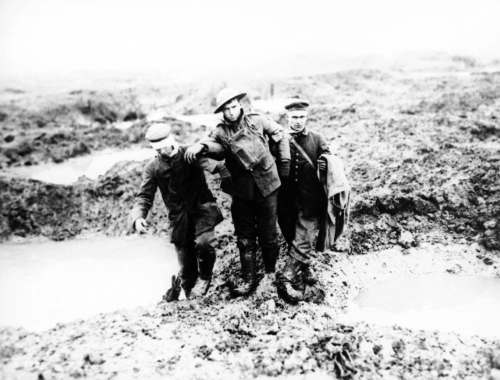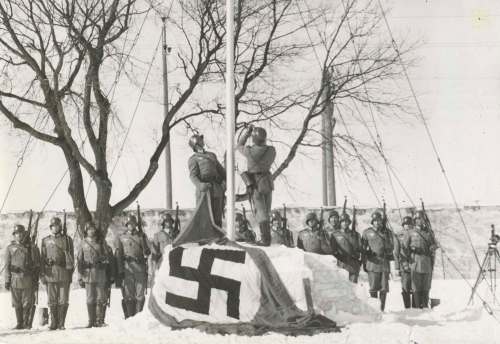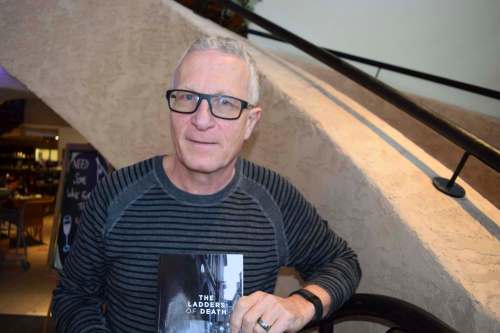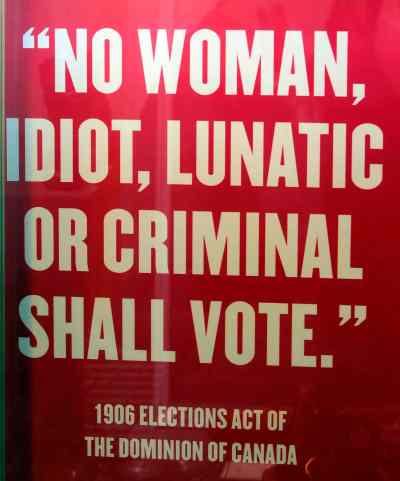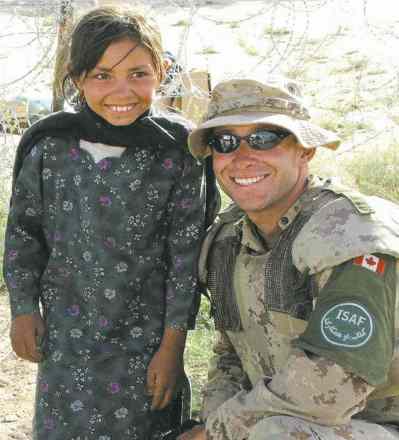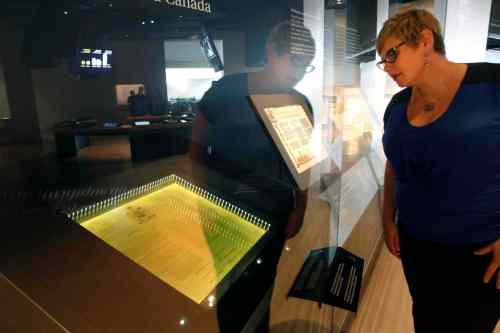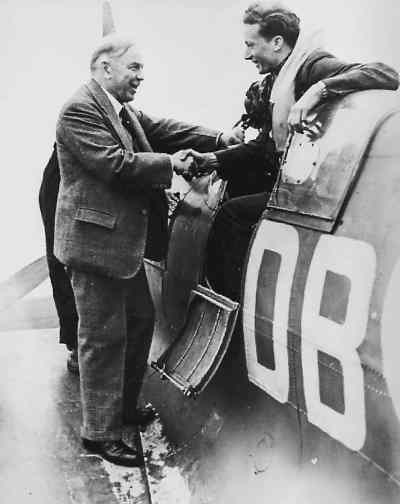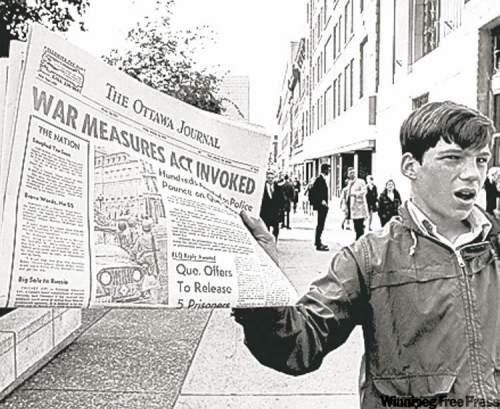Social Studies Grade 11: History of Canada
Please review each article prior to use: grade-level applicability and curricular alignment might not be obvious from the headline alone.
Claims of Indigenous ancestry by non-Indigenous Canadians on the rise
5 minute read Preview Saturday, Feb. 8, 2020Canadian veterans' stories detail selfless sacrifice, struggle
4 minute read Preview Friday, Nov. 10, 2017A country born amid controversy
5 minute read Preview Friday, Jun. 30, 2017While our 150th birthday party is a big, 'Dominion Day' began with respectful restraint
16 minute read Preview Saturday, Oct. 11, 2025Canada’s autonomy took more than Vimy Ridge
5 minute read Preview Monday, May. 8, 2017When war came to Winnipeg
3 minute read Preview Monday, Oct. 6, 2025Social justice fighters restore our faith in humanity
5 minute read Tuesday, Dec. 20, 2016On Dec. 12, housing and anti-poverty advocates gathered to recognize Clark Brownlee, a local activist who retired after a long engagement with social justice and policy advocacy. It was a much-needed reminder there is still good in the world.
It has been difficult not to lose faith in humanity in a world where millions of people recently saw fit to elect Donald Trump as leader of the United States.
Many Canadians are watching in horror as a new political era begins to take shape south of the border. It’s not just the United States that has seemingly gone mad. Racism in politics is rampant in Europe and Kelly Leitch has shown us Canada is not immune. In her bid for leadership of the Conservative party, Leitch has been vocal about her support for Trump and has pitched a number of racist policy proposals. She is currently a frontrunner.
So yes, it is hard to be hopeful at a time when hate and fear of “the other” seems to be inspiring a disturbing number of voters.
Vous auriez pu être résistant?
4 minute read Preview Saturday, Apr. 9, 2016L’ impact d’une loi injuste et intransigeante
5 minute read Preview Saturday, Feb. 20, 2016Century of progress: 'Prairie grit' helped Manitoba women secure the right to vote
7 minute read Preview Monday, Oct. 6, 2025Témoignage de survivantes de l’Holocauste à l’USB
5 minute read Preview Saturday, Dec. 5, 2015Les souvenirs d’un vétéran de Bosnie et d’Afghanistan
4 minute read Preview Saturday, Nov. 14, 2015Constitution Act, Treaty 1 at CMHR
3 minute read Preview Thursday, Dec. 18, 2014A war for Britain
6 minute read Preview Friday, Aug. 29, 2014Une geôle dans son état originel
9 minute read Preview Saturday, Nov. 17, 2012Hard lives for home children
5 minute read Monday, Jun. 27, 2011OTTAWA -- The elderly man sat in front of me, his rheumy eyes and round, ruddy face giving me no inkling of what he was thinking. His hands were neatly folded in his lap. I had been told he was a home boy and I, a kid reporter at the Winnipeg Tribune, was supposed to interview him.
I'd been given half an hour to look up home children in the Tribune's library. Apparently, they were orphans and other children brought over by charities to stay with Canadian families and work as domestics or on farms. Some of them were as young as five.
I only learned later that Alex, the home boy I was supposed to interview, had been harshly treated in various homes; that he had been told endlessly to sit quietly with his hands folded; that his keepers -- all devoted Christians, I'm sure -- had drained most of the joy and vitality out of him.
I asked some questions; he answered quietly in monosyllables. The interview was a failure because I wasn't prepared.
Moody historical fiction gives life to filles du roi banished to French colonies
4 minute read Saturday, Jan. 22, 2011Bride of New France
By Suzanne Desrochers
Penguin Canada, 224 pages, $25
This is a moody, beautiful piece of historical fiction, casting Louis XIV's Paris as a grey and Gothic city, pitiless toward its poor and dark with imperial desires.
FLQ didn’t mean to kill people: Quebec author
3 minute read Preview Friday, Oct. 15, 2010FLQ Manifesto part of the past
3 minute read Friday, Sep. 11, 2009Decent people should be offended by the fact that a national agency will permit the reading of a terrorist manifesto next weekend at the Plains of Abraham in Quebec City as part of a series of readings to commemorate the 1759 battle that altered the course of Canadian history.
The manifesto in question was issued in October 1970 by the Front de Liberation du Quebec following the kidnapping of British diplomat James Cross and Quebec cabinet minister Pierre Laporte, who was subsequently murdered. The FLQ was responsible for more than 200 bombings in Quebec during the 1960s, causing the deaths of at least five people. It was all done in the name of creating an independent Marxist Quebec.
The National Battlefields Commission, the same group that cancelled plans for a major re-enactment of the battle because of fears of a violent backlash, a decision for which it should be ashamed, has said it will allow the reading of the FLQ Manifesto, but was quick to point out that it does not endorse the document. That kind of courage is admirable, although it's unfortunate it was not in evidence when the commission backed down from plans for the historical re-enactment.
Decent people should be offended that the manifesto will get a public airing at the commemorative event -- Montreal singer and sovereigntist Luck Mervil has even been asked to perform the reading -- but it would be a violation of Canadian values to ban it from the stage.



